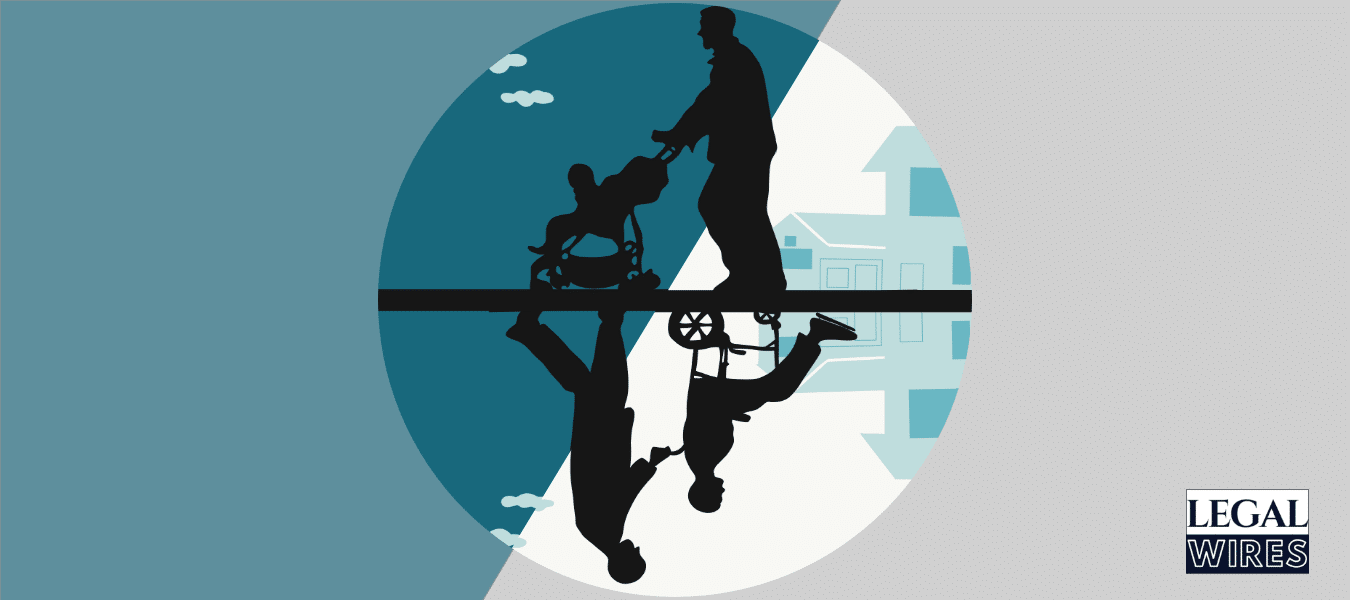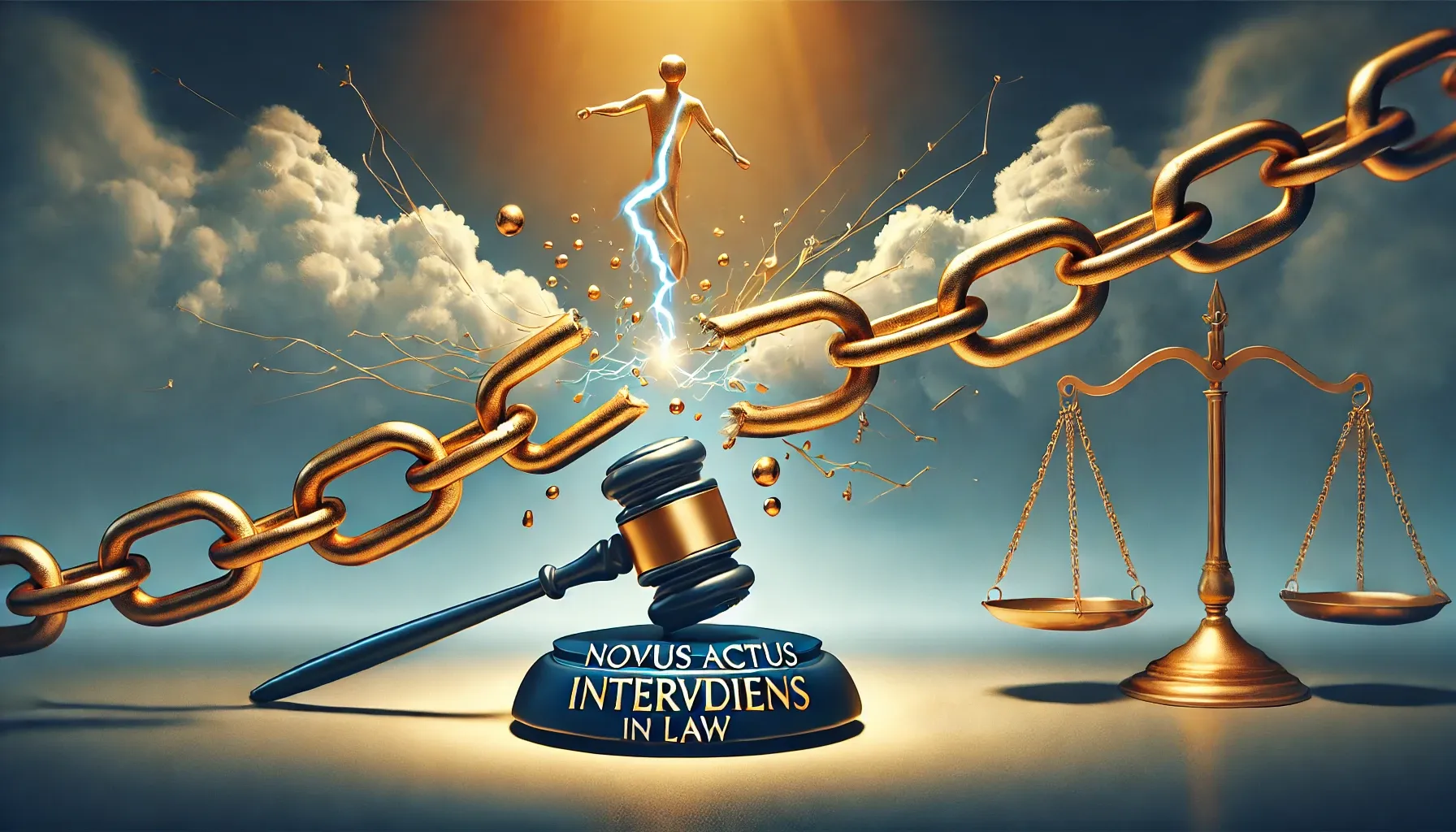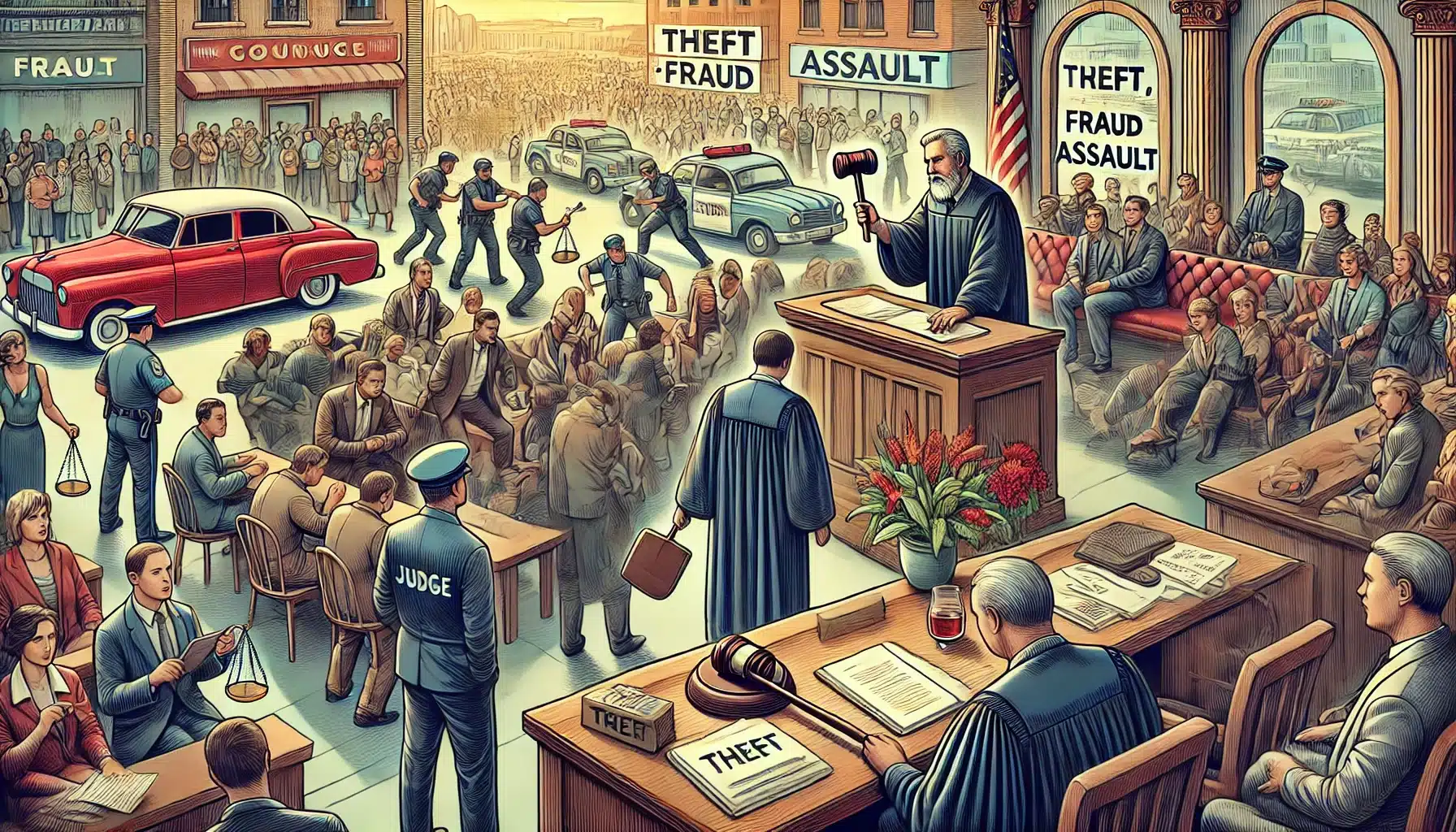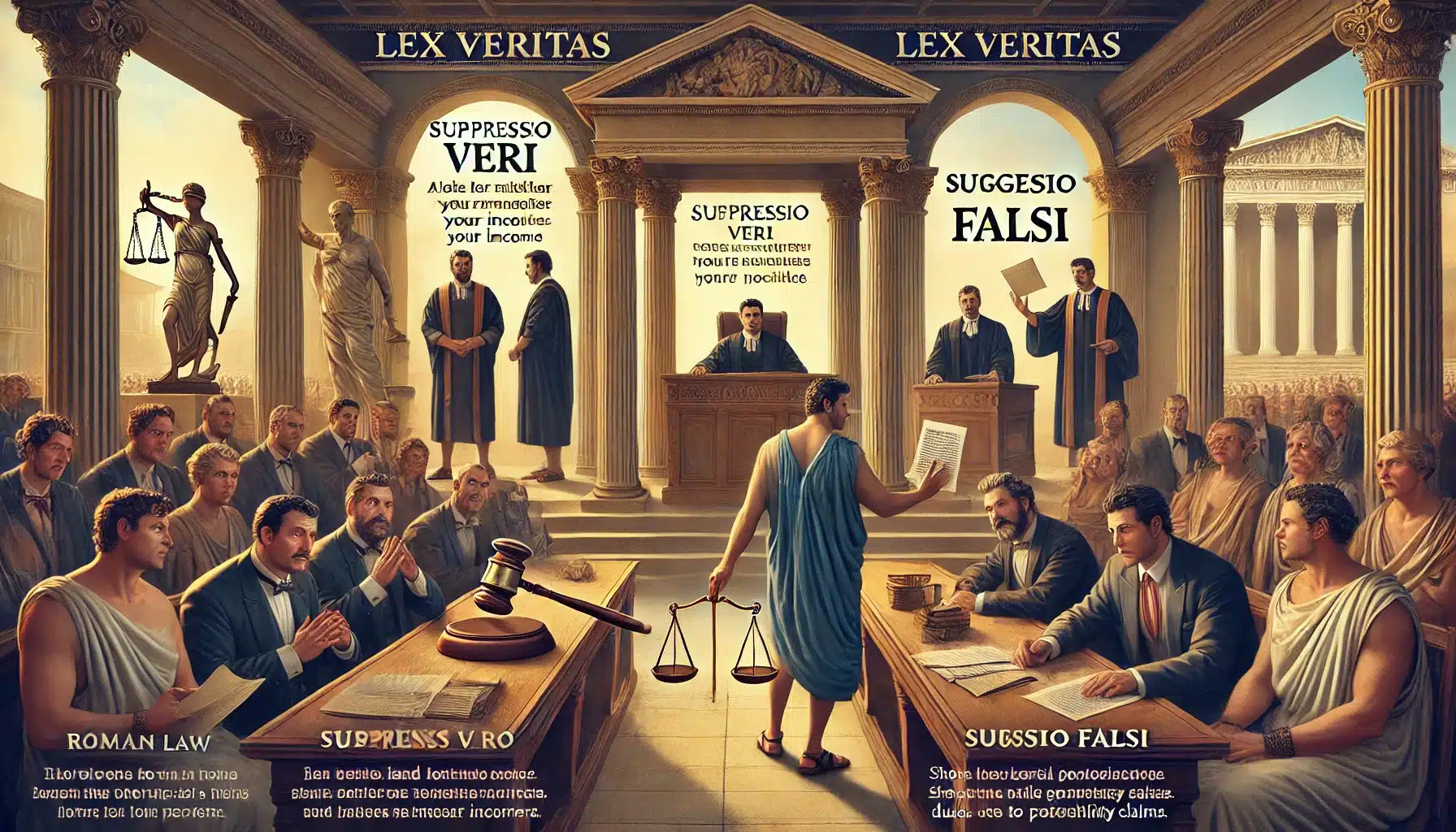Life can be defined as the period between birth and death, or the experience or state of being alive.

Meaning of the term ‘life‘
Life can be defined as the period between birth and death, or the experience or state of being alive.[1]
Evolution of the term Life in the context of American and Indian Judiciary
As mentioned above the meaning of the word is highly subjective. Still, when it comes to the judiciary, it should be noted that the term will have a unified sense with a high scope of interpretation otherwise the bench will give a very stringent definition which will devoid any further analysis and evolution of the term in itself.
Use cases in judicial approach of the United States
The constitution of the United States has a very liberal approach to life, the constitution gives its citizen Right to Life under its Article 1 which states that
“All persons born or naturalized in the United States, and subject to the jurisdiction thereof, are citizens of the United States and of the state wherein they reside. No state shall make or enforce any law which shall abridge the privileges or immunities of citizens of the United States; nor shall any state deprive any person of life, liberty, or property, without due process of law; nor deny to any person within its jurisdiction the equal protection of the laws[2].”
The text of this constitution weaves an endless yarn for the Interpretation of the concept of life envisaged under the United States Constitution gives the term ‘life’ multiple interpretations under the law which are namely-
- Dignified Life in relation to immunities provided against the State Law– The judicial predicament which spoke about the immunities against the state laws under this provision was the Slaughterhouse case[3] which was filed claiming the immunity against Louisiana’s state law which aimed at creating a monopoly in the meat market by providing an exclusive license to one particular organization. Cattle butchers challenged this procedure in the courts and the court respected the spirit of the constitution and provided them with immunity under the privilege clause. Since work and life share a very intricate relationship, keeping in mind that a person works to live a life of dignity. The clause justified the usage of the property concerning a profession in order to live a dignified life has been in the Constitution since the adoption of the Fifth Amendment, as a restraint upon the Federal power. It is also to be found in some forms of expression in the constitutions of nearly all the States, as a restraint upon the power of the States. . . . We are not without judicial interpretation, therefore, both State and National, of the meaning of this clause. And it is sufficient to say that under no construction of that provision that we have ever seen, or any that we deem admissible, can the restraint imposed by the State of Louisiana upon the exercise of their trade by the butchers of New Orleans be held to be a deprivation of property within the meaning of that provision.” This excerpt from the judge dismisses the notion that the state can encroach upon right to life through law. The government cannot pass a law which creates a monopoly and even if the government passes such a law the judiciary and the constitution provide protection.
- Life of Dignity- The concept of life is a very complex one. Animals exist but do they have a dignified existence? So the dimensional aspect of life expands in the case of humans. We are social animals, we have the capacity to communicate amongst ourselves and we form the basic fabric of society so it is a quintessential need for us to live a life of dignity. American judiciary realized this in the case of Munn v. Illinoi[4] . This judgment forms a link between the protection against biased state laws and dignified life. The state legislated on some preposterous rates of warehousing and transportation of grains. The court pointed out that law passed hindered person involved in the warehousing and transporting business in gaining a reasonable cost for the same, the excerpt of the judgment is produced as following-
“The great office of statutes is to remedy defects in the common law as they are developed. . . . We know that this power [of rate regulation] may be abused, but that is no argument against its existence. For protection against abuses by legislatures, the people must resort to the polls, not to the courts.“
Justice Field pointed out that “the term ‘life’ as here used something more is meant than a mere animal existence. Thus, it embraces within itself not only the physical existence but also the quality of life.” Justice had a very clear opinion of life, our life is not defined by our existence but whether we are living a life of dignity or not? That is the question which should be asked when deciding in a particular case relating to life.
Right to life is a very broad concept under the American judiciary. It has always posed it as an open-ended question so that the concept of life can be evolved in the context of society, it many other concepts like the right to education, health care etc but the aforesaid predicaments are broad enough to inculcate the same in terms of a dignified life within itself.
Judicial approach in India towards ‘life’-
Whenever we talk about the term life in the context of India, we paint a very spiritual and mystical picture of it. The judicial interpretation of Article 21 of the Constitution of India, 1950[5] aims to provide such an ecstatic picture. These two lines, No person shall be deprived of his life or personal liberty except according to the procedure established by law, inculcates a volley of dimensions within itself. The drafters of the constitution intended it to provide a very flexible aspect to it and they successfully did it. The aspect of the right to life under the Indian Constitution can be divided into two parts which are namely-
- Right to have a dignified life- The Constitutional aspect of this part is very spiritual in nature, our karma defines us and no one has the right to hinder us from performing that karma. Our only limit is adharma which is the bar of the law to perform illegal activities. The concept of dignified life was enunciated in the case of Maneka Gandhi v. Union of India[6], where the judges opined that the right to life embodied in Article 21 of the Indian Constitution, is not merely a physical right but it also includes within its ambit, the right to live with human dignity. It can be stretched to various aspects like education, privacy, and other things it is very liberal in nature and it has an implicit effect on the legislature to refrain from framing any law which prohibits anyone from leading a life of dignity. Dignified life opens up an inexhaustible source of interpretation for the judiciary to inculcate modern standards within itself.
- Right to personal liberty- This resonates with Alan Westin’s idea of privacy which translates into the personal autonomy but we do have some limitations to it under law. There was no concept of personal privacy in it until the judgment of K.S. Puttaswamy v. Union of India[7] which proved to be a boon to society. The personal liberty clause reached its full potential and it liberated the idea of privacy but with some obvious limitation. It has opened up a new avenue for personal liberty with a few exceptions under law.
Origin of the term ‘life‘
‘Life’ is a very broad term which cannot be limited to a particular aspect but can be experienced and elaborated in various forms. Life is an expression in itself; it cannot be defined as a mere substance. In context to the word ‘life’, the root of this word lies in the Nordic literature, word ‘life’ as we know it is the evolved from the word called ‘life[8]‘ which translates into ‘animated corporeal existence, a period between birth and death.’ This word ‘life’ can be associated with an infinite number of things, its definition is not constant, it is highly subjective in nature one can associate life to a particular object or work. It is like a building with multiple open doors of interpretation. We can argue from the philosophical and scientific point of view but the definition will remain like a building with multiple open doors for interpretation.
[1] Cambridge Dictionary, SOURCE,13/06/2020,4:00pm
[2] Article 1, Constitution of United Stated of America,XIV amendment SOURCE ,open access to law, 13/06/2020, 12:30 pm
[3] Slaughter house case, 83 U.S. 36, SOURCE, 13/06/2020, 2:00pm
[4] Munn v. Illinois, 94 US 113, SOURCE, 13/06/2020, 1:30pm
[5]Article 21, the Constitution of India, 1950
[6] Maneka Gandhi v. Union of India, 1978 AIR 597, SOURCE, 13/06/2020, 3:30pm
[7] K.S. Puttaswamy v. Union of India, (2015) 8 SCC 735
[8] Online etymology dictionary, SOURCE, 13/06/2020, 12:00 pm




